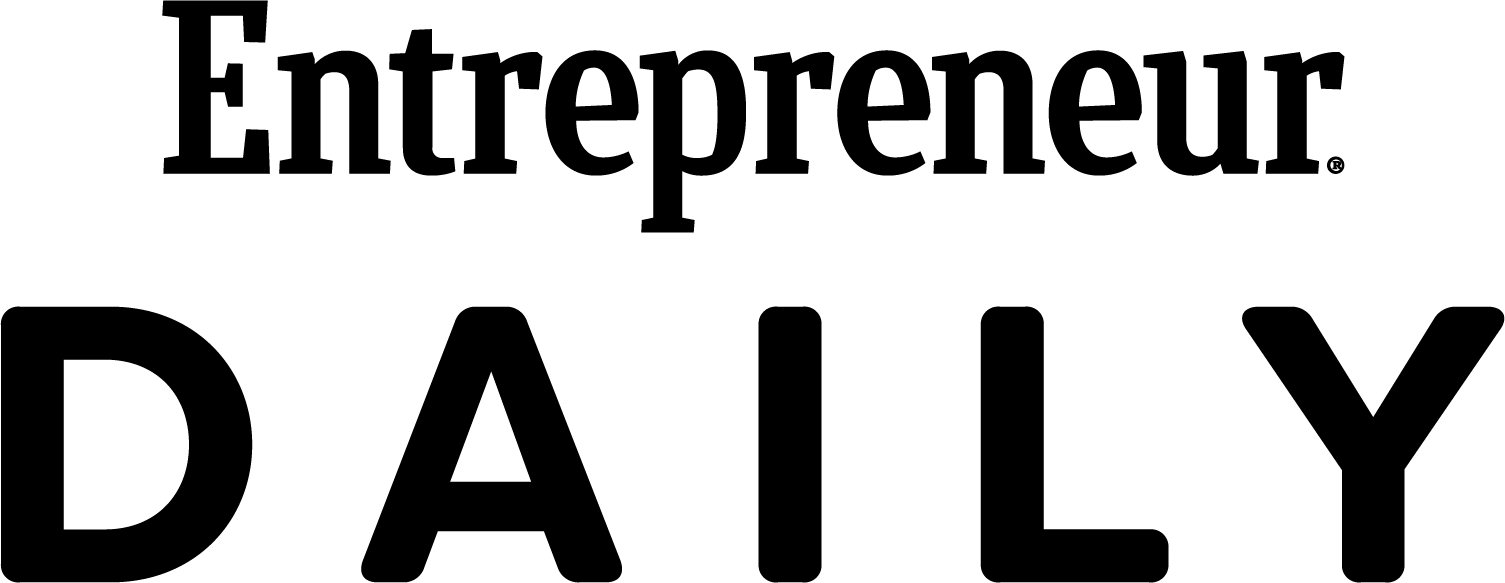You'll Never Control Expenses If Your Team Doesn't Know What Anything Costs Even profitable businesses are better off watching the pennies. Step one is a friendly tutorial about the costs that employees drive.
By David Ciccarelli Edited by Dan Bova

Opinions expressed by Entrepreneur contributors are their own.
Now that we're a couple of weeks into the new year, you may have received the financial results from last year.
You've probably tallied up costs on a line-by-line basis, grouping related costs together, and in the process you've likely, ultimately, figured out if the last year was profitable. How does it look?
It's time now to use that historical data and firm up your plan for the upcoming year. This exercise is often called budgeting, or if you've included inputs and cost drivers into your spreadsheet, you've created a financial model.
However complex you've made your spreadsheet, the important thing is that you've completed a necessary planning tool for the upcoming year.
Related: 4 Tips for Managing Cash Flow When You're Bootstrapping
A typical list of operating expenses could include:
Accounting and legal fees
Advertising and promotion
Allowance for bad debt
Bank account service fees
Credit card processing fees
Healthcare insurance
Interest on debt
Office items
Property insurance
Rent
Salaries and wages
Software licenses
Telecommunications
As an entrepreneur, you intuitively understand what each item means and you also inherently understand the importance of minimizing these expenses. But let me ask, have you communicated the need to minimize expenses to the rest of your team?
Related: Five Best Apps to Forecast and Manage Cash Flow
At a recent leadership team meeting, we discussed a potential disconnect between our sales team who are posting new deals to Salesforce.com daily and the operating side of the business who are responsible for keeping costs under control. While there is a base level of understanding that expenses exist, I personally felt that I should raise the awareness level in this area.
So, at the monthly "Rally," an all-hands meeting where we gather to recap the results from the last month and verbally relay projects for the upcoming month, I seized the opportunity to engage our team in a group exercise, which I called "The Cost Is Right."
It worked like this: I printed off the above list of expenses (omitting the salaries and wages) and then on our big screen, I posted the numbers for the actual amount we spend monthly, ordered from highest to lowest. Amounts ranged from $33,000 to $500. For fun, I even threw in a fictitious expense, interior decorating services, which clearly we do not spend money on.
Then, accompanied by a few Frank Sinatra songs, each team worked to match up the expense line item with the expense amount.
For the "big reveal," I put up the answers one-by-one and we discussed why each item costs so much and how costs can be reduced. The best score was 7 out of 12. Thankfully, everyone knew we didn't spend a dime on interior design services.
What were the takeaways? First, this group session provided me the opportunity to explain that we do have expenses and allowed me to assign simplified definitions for each item. Immediately, I increased the level of financial intelligence by an order of magnitude.
Second, when there are changes in our operation in the future, I've created a framework for discussion. New words have been added to our corporate lexicon.
Third, the team has a greater understanding of the complexities of our business. Showing that credit card processing fees are 3 percent of sales was eye-opening for many. That number can really add up, especially if you conduct most of your sales online. Then, explaining how expenses relate to one another certainly raises the awareness level.
Whether you've buttoned-down your annual budget or not, I challenge you take your list of expenses and discuss them with your team. Should you choose to use percentages instead of actual amounts, the outcomes will be the same; your team will have a greater appreciation for your organization's expense structure and you will have raised their level of financial intelligence.











